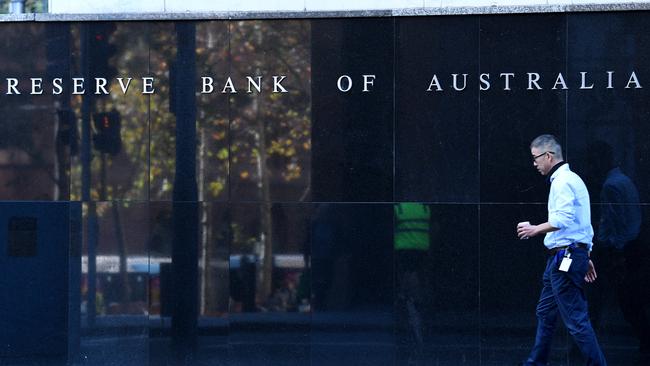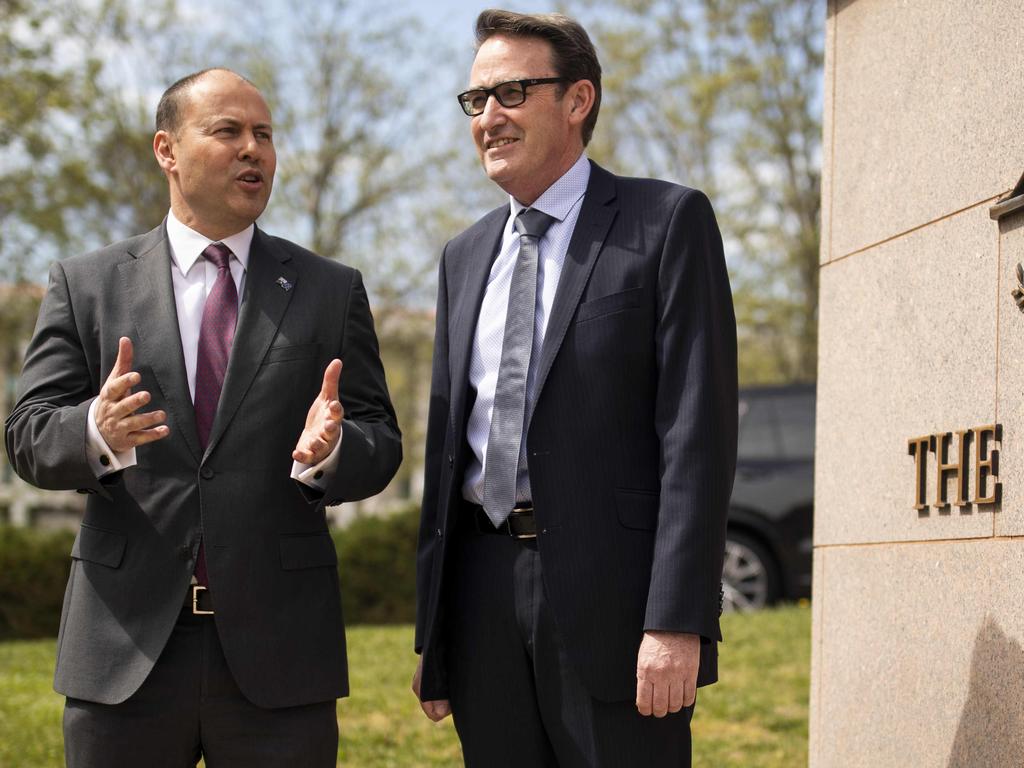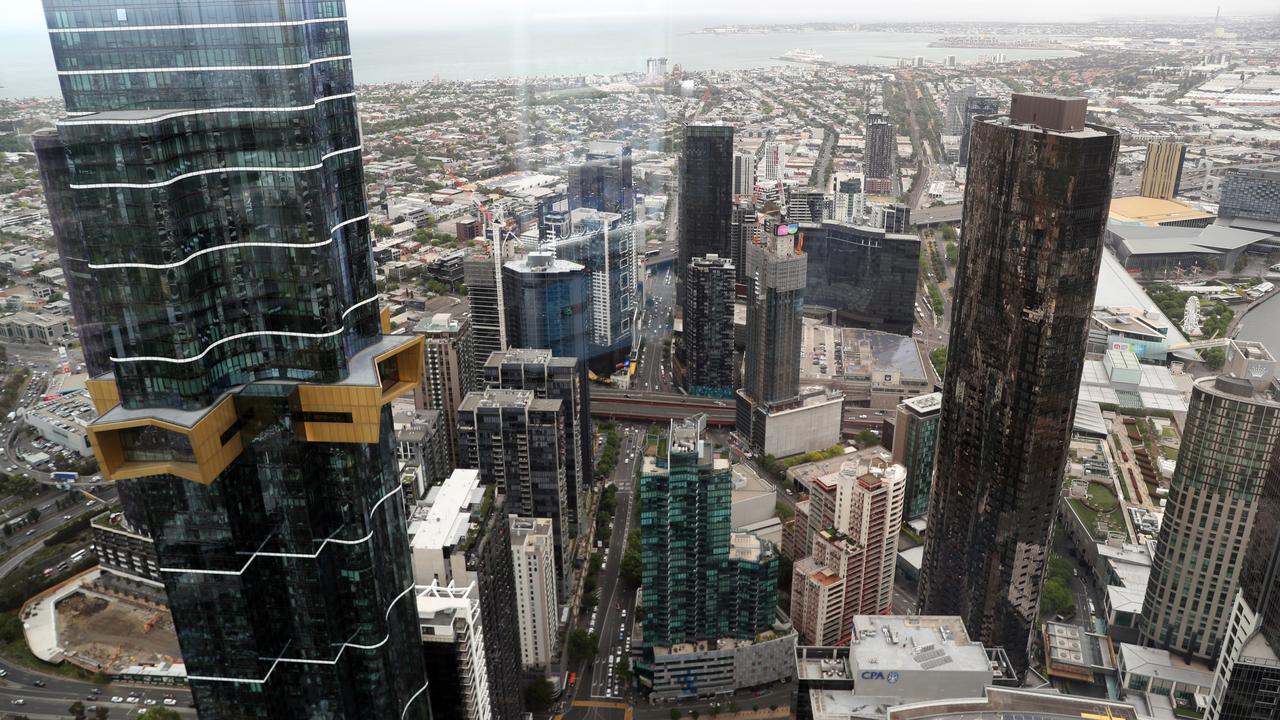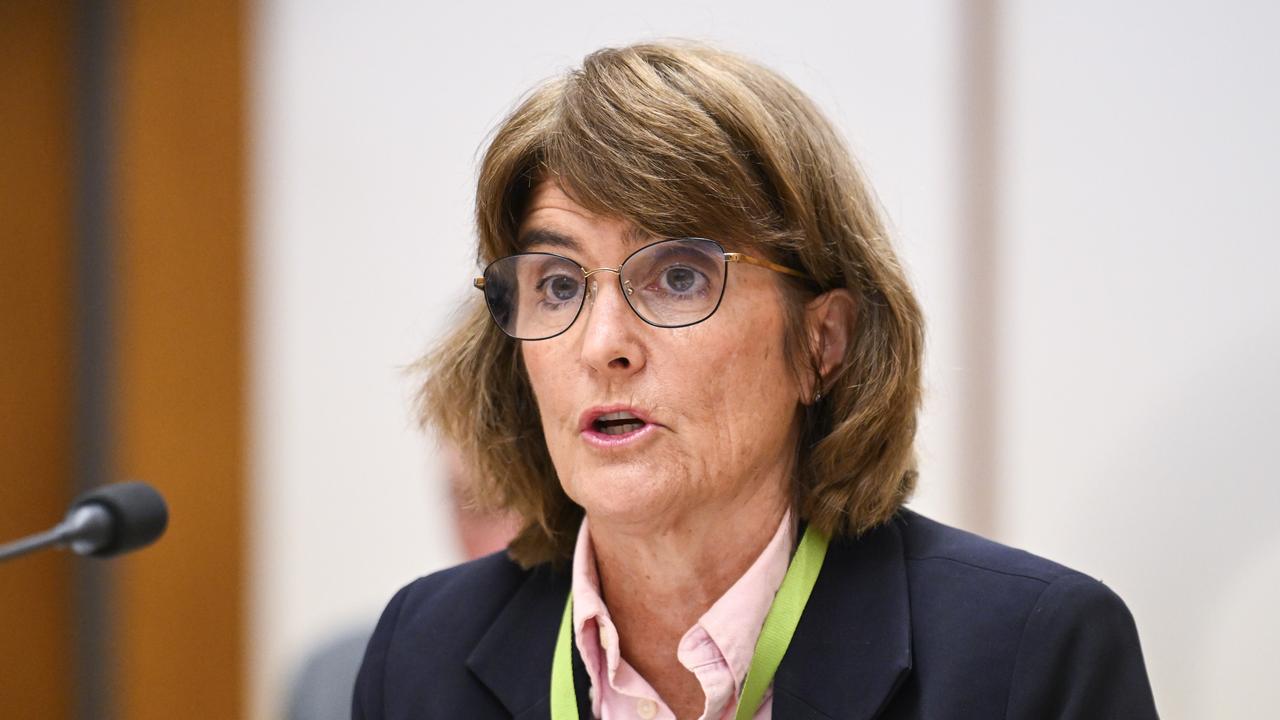Federal budget 2020: Reserve Bank leaves interest rates on hold at 0.25%
The RBA has left the federal budget limelight to Treasurer Josh Frydenberg, opting to hold interest rates steady at its October meeting.

The Reserve Bank has left interest rates unchanged at its monthly board meeting, after some economists had predicted another cut to help tackle the blow to the economy from the pandemic.
In a statement just hours before the federal budget, RBA governor Philip Lowe said the central bank board had decided to maintain the targets for the cash rate and the yield on three-year Australian government bonds at 0.25 per cent.
Eyes will now turn to the possibility of a cut to 0.1 per cent in November.
Dr Lowe noted that over the past six months, the Australian economy had been supported by a substantial easing of fiscal policy.
“Public sector balance sheets in Australia are in good shape, which allows for continued support, with the Australian Government budget to be announced this evening,” he said.
“Both fiscal and monetary support will be required for some time given the outlook for the economy and the prospect of high unemployment.”
A recovery in the global economy after a severe contraction due to the pandemic had been “gradual” and “uneven”, Dr Lowe said.
Moreover, its continuation depended on containment of the virus, with higher infection rates in some countries offset by lower infection rates in others.
The recovery had been most advanced in China, where conditions had improved “substantially”, he said.
After stating last month that the RBA “continues to consider how further monetary measures could support the recovery”, Dr Lowe added that the aim of any such measures would be to “support jobs as the economy opens up further”.
The Australian dollar rose as much as 20 points to a three-day high of US72.09c after Dr Lowe’s statement expressed no concern over the level of the exchange rate, noting only that it “remains just a little below its peak of the past couple of years.
The RBA was “slightly more dovish” but chose to “stay out of the budget limelight” in its statement , Royal Bank of Canada chief economist Sue-Lin Ong said.
“There were few meaningful changes to the short statement, but we think it erred a little more dovish,” she says.
Its labour market observations and strengthened the easing bias slightly, she said.
Ms Ong expected the RBA’s cash rate, 3y yield target, and term funding facility targets to be cut to 0.1pc in the March quarter, when “the case for further RBA easing is likely to be more compelling.”
She has lowered her year-end unemployment rate forecast to 7.2pc from 9pc due to a better starting point and somewhat stronger employment generation ex-VIC in recent months.
Measures in tonight’s budget, including the bringing forward of the next stage of income tax cuts, back dated to 1 July 2020, that will lend support to demand in the coming months, buying the RBA time to monitor the economy.
But Ms Ong warns that the first half of 2021 will be “challenging” as key income support measures are pared back further and eventually cease.
“We are mindful that speculation over further easing, including a QE program, is unlikely to abate and we view all meetings as live,” she said.
“The RBA will find it difficult to stand by idly for too long if the labour market weakens materially.”
The RBA has held the cash rate at a record low of 0.25 per cent since March, when it also adopted the three-year bond yield target. Last month it increased and lengthened its term funding facility.
Cuts this month were anticipated by some traders, with cash rate futures pricing a 63 per cent chance of a cut and three-year bond futures pricing it as a 47 per cent chance.
Economists at AMP Capital, Capital Economics, HSBC and UBS expected the RBA to cut this month — potentially along with measures like expanded bond buying to lower longer-term interest rates — in a unified “Team Australia” approach between the central bank and the government, given the unprecedented challenge of getting the economy back on track after the coronavirus pandemic.
But a majority had expected the RBA to wait until November, according to a Bloomberg poll.
Last month RBA deputy governor Guy Debelle set out the potential options for further easing: lowering the cash rate to 0.1 per cent, buying longer-dated government bonds, currency intervention and negative rates. However he said it was “not clear” that foreign exchange intervention would be effective now and the evidence on negative rates was “mixed”.
Capital Economics senior economist Marcel Thieliant said most important points of the statement were Dr Lowe’s comments regarding unemployment and using monetary policy to support jobs growth.
“We now expect the bank to cut the cash rate target, the three-year yield target and the interest rate on the term funding facility to 0.1 per cent at its November meeting,” Mr Thieliant said. “We also expect the bank to announce additional purchases of government bonds in order to reduce long-term interest rates.”





